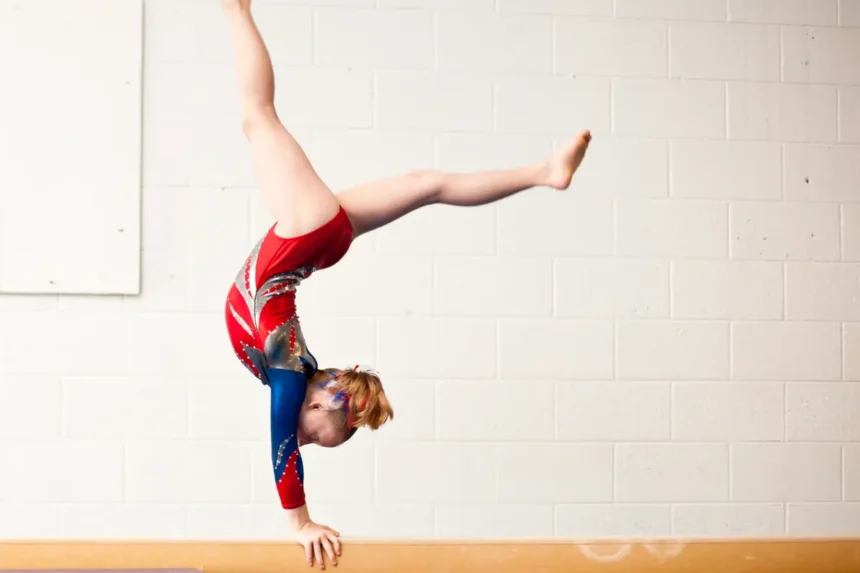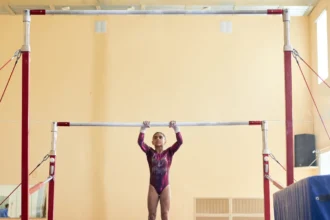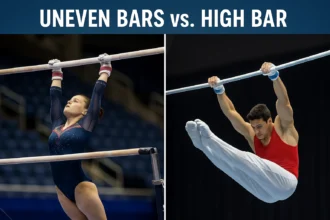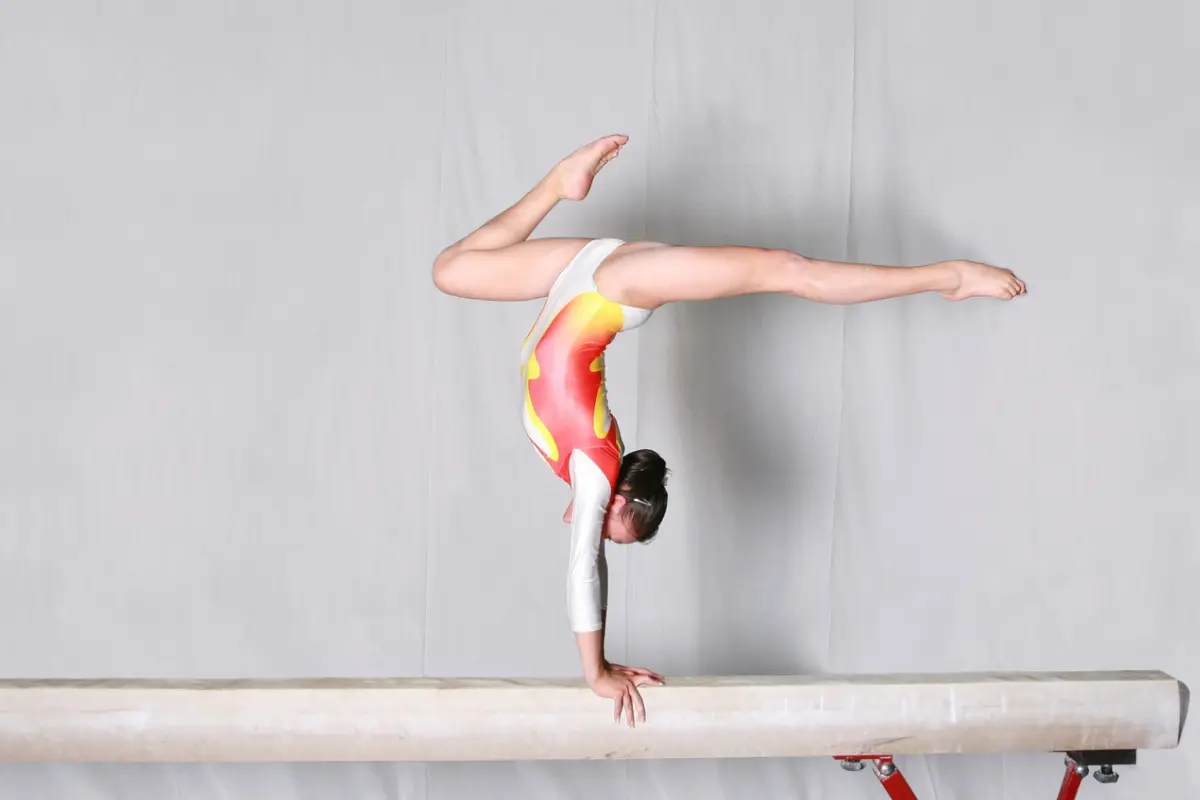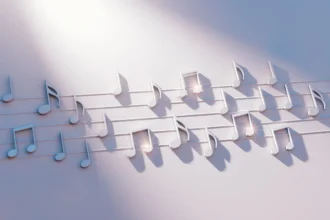If you’ve ever watched women’s gymnastics—whether at the Olympics, a college meet, or a local youth competition—you’ve probably marveled at what gymnasts can do on the balance beam. Leaps, flips, turns, and dance elements… all performed on something no wider than a smartphone.
But have you ever wondered: how long is that thing, really?
The short answer is five meters. But, like most things in gymnastics, the story doesn’t end there.
The Official Length: 5 Meters
In international competition, the International Gymnastics Federation (FIG) sets exact beam specifications:
- Length: 5 meters (about 16 ft 5 in)
- Width: 10 centimeters (about 4 in)
- Height: 125 centimeters (about 4 ft 1 in)
These measurements are used at every elite-level event—from the Olympics to the World Championships and all FIG-sanctioned junior competitions. Uniformity is crucial. Whether a gymnast represents Japan or Brazil, she performs on the same apparatus, eliminating any equipment-based advantage.
Why 5 Meters?
There’s nothing magical about the number itself, but 5 meters hits the sweet spot:
- Long enough to connect multiple elements: acrobatics, leaps, turns, and choreography.
- Short enough to remain safe and manageable in competition.
If the beam were longer, routines would become more exhausting and harder to construct. If shorter, gymnasts would be limited in creativity and skill combinations.
Variations in Beam Length for Different Levels
While FIG sets the global standard, many programs and gyms adapt beam size and height for age, skill level, and training needs.
USA Gymnastics Development Program
In the USA Gymnastics Development Program (formerly JO), the 5-meter beam is standard across Levels 1–10 and most optional programs. However, height is often adjustable for younger or beginner gymnasts. For example, the AAI Classic Balance Beam can be set from 100 cm to 125 cm, allowing a gradual transition as skills and confidence improve.
Recreational and Pre-Team Programs
Here, safety and comfort take priority. Many gyms use low beams, still 5 meters long, but just a few inches off the ground. Coaches also incorporate shorter practice beams (2.5 to 3 meters) so beginners can work on basics without the intimidation of full height.
School and Community Programs
In school gyms and community centers, space limitations often call for sectional beams: modular pieces about 2–3 feet each. These can be connected to create different lengths or used flat on the floor for entry-level balance work.
Training Beams and Home Beams
Outside competition settings, beam designs vary widely, but the 10 cm width is almost always maintained to keep training consistent.
Floor Beams (Low Beams)
- Length: 8–12 ft (2.4–3.7 m)
- Height: Just a few inches
- Best for learning new skills like leaps and turns while reducing injury risk.
Sectional Beams
- Length: ~4 ft (1.2 m) per section
- Feature: Velcro or fasteners for connection
- Great for small spaces and home practice.
Adjustable-Height Beams
- Length: 4–8 ft
- Height: Adjustable (e.g., 7–23 in)
- Allows progression from low to higher settings as skills develop.
Full-Size Training Beams
- Length: 5 m
- Feature: Extra padding or softer surface
- Mimics competition feel but is slightly more forgiving for repeated training.
When the Full-Length Beam Comes Into Play
By Level 4 and above, gymnasts train almost exclusively on the 5-meter beam, though they still use low beams for safety drills and learning new skills. Even Olympians return to the low beam when working on high-difficulty acrobatics.
Why Consistent Beam Length Matters
- Muscle Memory & Skill Transfer – Short beams can disrupt timing and spacing, making it harder to replicate skills in competition.
- Confidence & Mental Prep – Knowing exactly how much space you have reduces hesitation in high-pressure moments.
- Standardization for Fairness – Identical dimensions ensure no gymnast has an equipment advantage.
Beam Dimensions at a Glance
| Type | Length | Height | Used For |
|---|---|---|---|
| FIG Competition Beam | 5 m | 125 cm | Elite meets, Olympics, NCAA |
| Low Beam | 5 m | A few inches | Rec/pre-team safety, drills |
| Short Training Beam | 2.5–3 m | Variable | Early balance, home use |
| Sectional Beam | ~1.2 m/section | Floor | Home or small spaces |
| Adjustable Beam | 4–8 ft | 7–23 in | Progressive training |
| Full-Size Training Beam | 5 m | Adjustable | Gym training with padding |
Frequently Asked Questions
Do all competition levels use the same beam length?
Yes. Most sanctioned competitions—from Level 1 to elite—use the 5-meter beam. Height may be lowered for younger gymnasts.
Can beginners train on regulation beams?
Yes, but low or floor beams are safer for building early confidence and control.
Why are home beams shorter?
Because of space limitations. Shorter or sectional beams offer a practical solution while maintaining standard width.
What should I look for in a home beam?
Choose one with the regulation 4-inch width, sturdy construction, and ideally adjustable height. A suede-like cover replicates competition grip and feel.
Do elite gymnasts still use low beams?
Absolutely—low beams are critical for safely learning new or high-risk elements.


